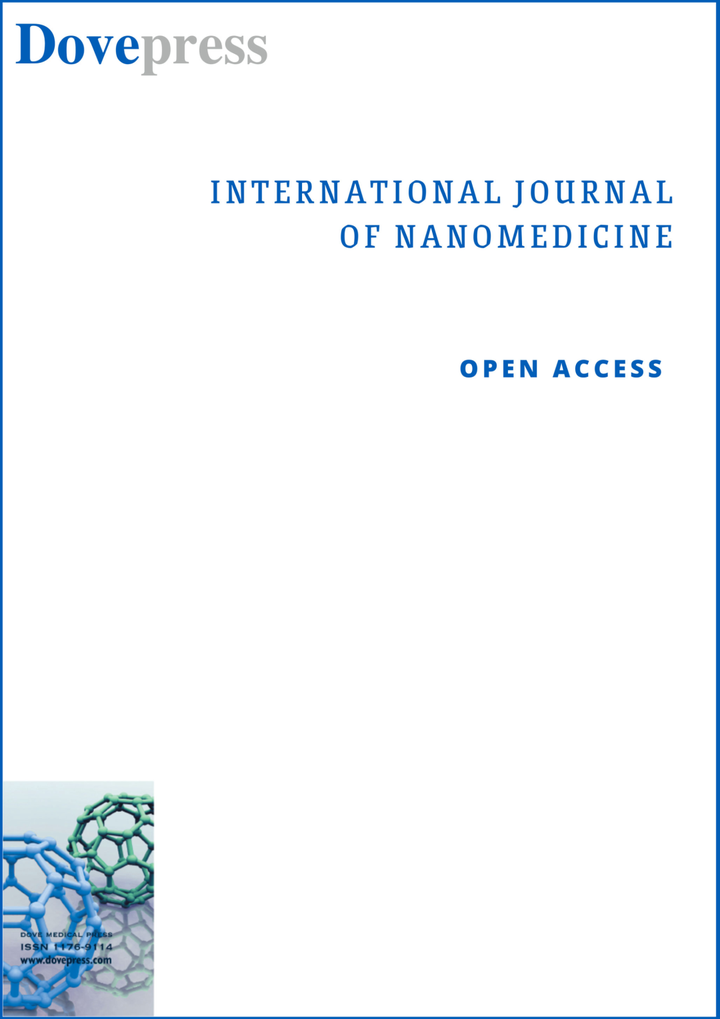化疗药物在肺癌治疗中的药理前景可能与纳米结构密切相关的原因是什么?治疗非小细胞肺癌和小细胞肺癌的铂类药物及其意想不到的可能相互作用。综述
IF 6.6
2区 医学
Q1 NANOSCIENCE & NANOTECHNOLOGY
引用次数: 0
摘要
摘要:几十年来,肺癌化疗药物的抗癌治疗方法一直没有明显改变。遗憾的是,这种治疗方法只能延长病人几个月的生命,并对人体产生许多副作用。事实也证明,顺铂、卡铂、奥沙利铂等药物会与其他含有芳香环的物质发生反应,而这些芳香环的氮原子结构中含有一个自由电子基团。因此,这种结构可能会对 DNA 的核碱基产生竞争作用。因此,科学家们不仅在寻找新的药物,也在寻找将药物输送到癌症部位的新的替代方法。在这方面,纳米技术似乎是一个巨大的希望。创造一种新的纳米药物可以将药物剂量降到最低,从而限制药物的毒性作用;可以排除与核碱基结构相似的竞争性化合物的相互作用;还可以使用所谓的靶向治疗,绕过健康细胞;可以引入其他治疗方案,如直接对癌症部位进行放射治疗;还可以提供诊断的可能性。本文是一篇综述,旨在系统地介绍有关肺癌抗癌治疗的知识,但不仅限于此。文章明确指出了化疗药物与 DNA 含氮碱基竞争性化合物相互作用的可能性。关键词:富勒烯、纳米管、纳米颗粒、给药、个性化医疗、铂类药物、顺铂、卡铂、奥沙利铂、奈达铂本文章由计算机程序翻译,如有差异,请以英文原文为准。
What is the Reason That the Pharmacological Future of Chemotherapeutics in the Treatment of Lung Cancer Could Be Most Closely Related to Nanostructures? Platinum Drugs in Therapy of Non-Small and Small Cell Lung Cancer and Their Unexpected, Possible Interactions. The Review
Abstract: Over the course of several decades, anticancer treatment with chemotherapy drugs for lung cancer has not changed significantly. Unfortunately, this treatment prolongs the patient’s life only by a few months, causing many side effects in the human body. It has also been proven that drugs such as Cisplatin, Carboplatin, Oxaliplatin and others can react with other substances containing an aromatic ring in which the nitrogen atom has a free electron group in its structure. Thus, such structures may have a competitive effect on the nucleobases of DNA. Therefore, scientists are looking not only for new drugs, but also for new alternative ways of delivering the drug to the cancer site. Nanotechnology seems to be a great hope in this matter. Creating a new nanomedicine would reduce the dose of the drug to an absolute minimum, and thus limit the toxic effect of the drug; it would allow for the exclusion of interactions with competitive compounds with a structure similar to nucleobases; it would also permit using the so-called targeted treatment and bypassing healthy cells; it would allow for the introduction of other treatment options, such as radiotherapy directly to the cancer site; and it would provide diagnostic possibilities. This article is a review that aims to systematize the knowledge regarding the anticancer treatment of lung cancer, but not only. It shows the clear possibility of interactions of chemotherapeutics with compounds competitive to the nitrogenous bases of DNA. It also shows the possibilities of using nanostructures as potential Platinum drug carriers, and proves that nanomedicine can easily become a new medicinal product in personalized medicine.
Keywords: fullerenes, nanotube, nanoparticles, drug delivery, personalized medicine, platinum-based drugs, cisplatin, carboplatin, oxaliplatin, nedaplatin
Keywords: fullerenes, nanotube, nanoparticles, drug delivery, personalized medicine, platinum-based drugs, cisplatin, carboplatin, oxaliplatin, nedaplatin
求助全文
通过发布文献求助,成功后即可免费获取论文全文。
去求助
来源期刊

International Journal of Nanomedicine
NANOSCIENCE & NANOTECHNOLOGY-PHARMACOLOGY & PHARMACY
CiteScore
14.40
自引率
3.80%
发文量
511
审稿时长
1.4 months
期刊介绍:
The International Journal of Nanomedicine is a globally recognized journal that focuses on the applications of nanotechnology in the biomedical field. It is a peer-reviewed and open-access publication that covers diverse aspects of this rapidly evolving research area.
With its strong emphasis on the clinical potential of nanoparticles in disease diagnostics, prevention, and treatment, the journal aims to showcase cutting-edge research and development in the field.
Starting from now, the International Journal of Nanomedicine will not accept meta-analyses for publication.
 求助内容:
求助内容: 应助结果提醒方式:
应助结果提醒方式:


